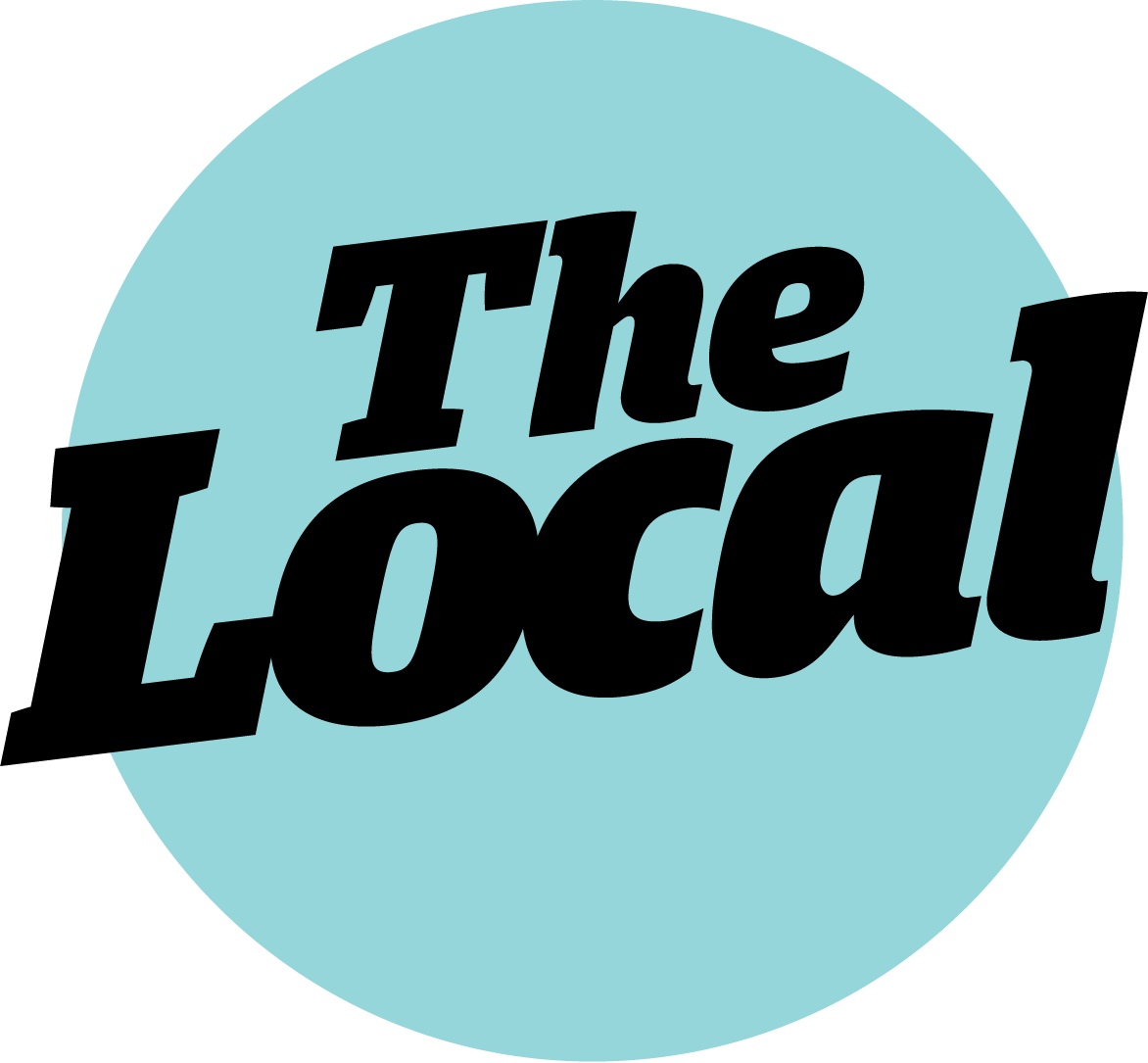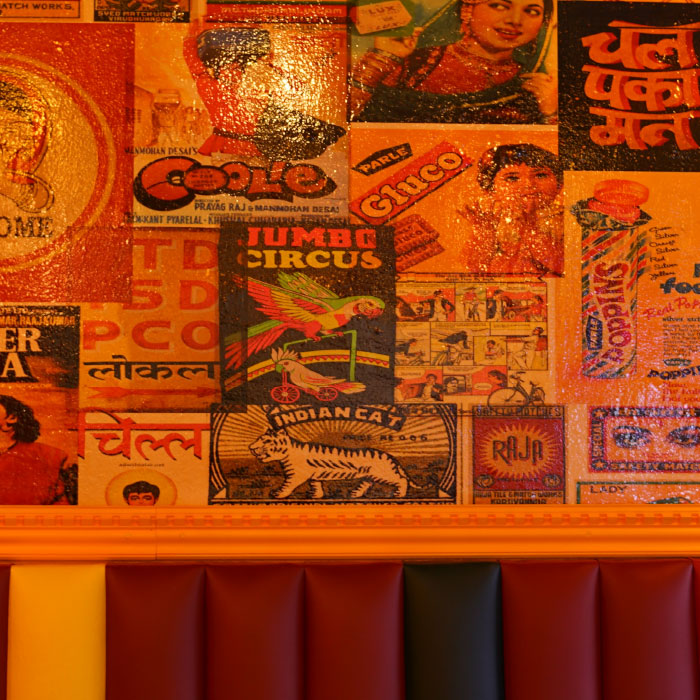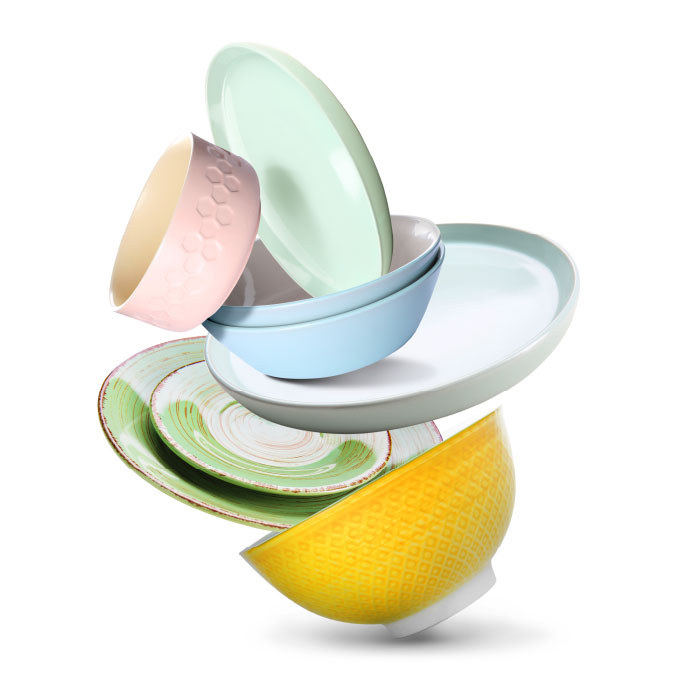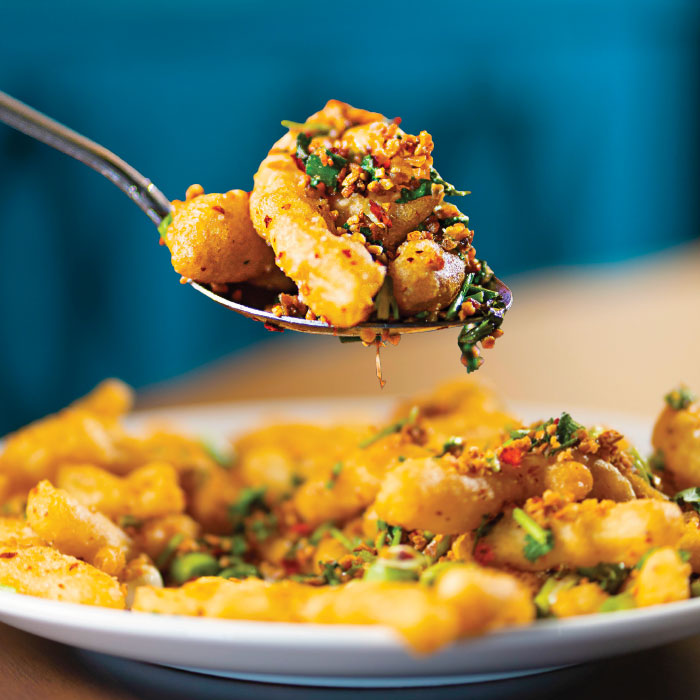
Ask anyone who’s lived in or around Winter Garden for any length of time and invariably the changes our fair city has seen will become a topic of conversation.
It’s all relative, of course. The changes you’ll remark on will depend entirely upon where you may land on the Winter Garden timeline. The longer you’ve lived here, the more you’ll have to talk about.
Were you around in the ’40s or ’50s? You’ll have seen Plant Street bricks paved over with asphalt so the cars could ride smoother and go faster. In the ’70s? Lucky you, you were here to witness the coming of The Mouse to Central Florida. How about the ’80s? Winter Garden shivered through three major freezes during that time that saw most of our citrus growers head south in search of a warmer reception from Mother Nature. By 1989, most were gone. Come forward only a few years and you will hear the first faint murmurings of the Winter Garden Renaissance we are experiencing today, which got its start with the appearance of the West Orange Trail.
But where do we start our conversation? Rather than pick this or that decade and dive down deep, perhaps the best place to start would be at the beginning. A novel idea, no? (In fact, several novels have been written on that very subject.) The beginning, for the purposes of this conversation, occurs centuries before Winter Garden—or even Florida—was ever a dot on the map.
Before the Beginning
We’re starting in the 1500s, when the only people who knew this part of the earth even existed were the indigenous peoples who spent generations here from the 15th to 17th centuries. The principal peoples were the Timucua, who numbered over 200,000 in a population that stretched across Florida and up into Georgia.
The tribe consisted of about 35 separate “chiefdoms” that never really coalesced into a single entity. The Timucua who settled in our region congregated on the southern lands around Lake Apopka. The land was extremely fertile “muck land,” excellent for hunting, fishing, and raising a variety of crops.
The Europeans arrived in the 1500s—first the French and then the Spanish—bringing disease and conquest with them. By 1595, the Timucua numbers had shrunk 75%. By 1700, only about 1,000 Timucua remained. Another 50 years of wars, forced enslavement by rival tribes, and epidemics effectively eradicated the area’s indigenous people.
By the 1850s, Seminoles and whites occupied the land, making use of the same fertile soil along the south shores of Lake Apopka the Timucua had enjoyed. Produce thrived as people planted corn, beans, and squash. The Spanish added other crops to the area’s abundant output, including cabbages, peas, grapes, melons, peaches, sugar cane—and of course, oranges. (Sorry to disappoint, but no, oranges are not native to Florida. In fact, those earlier varieties could be quite difficult to grow and tended to be more sour than sweet.)
Eventually, the land produced more produce than its people could consume, and growers began to share their bounty with neighboring areas. Even the Great Freeze (actually two freezes in a row in 1894 and 1895) barely slowed them down.


Tracking Progress
Just before the turn of the century, two major railroads made tracks for the Atlantic Coast Line, and the Tavares and Gulf steamed onto the scene. Their tracks paralleled Plant Street (the same ones there today) where merchants had already begun erecting wood-framed stores and businesses. Now, the settlers and growers had a way to export goods in much larger quantities for much greater profit.
By 1903, the town had become known and established as Winter Garden. In 1908 the city became incorporated, and it was now official.
The two decades that followed were a bona fide boom time, as fortunes were made, and agricultural exports flourished. It was a hot time made even hotter when two fires—one in 1904 and 1907—burned the wooden buildings and packing houses that had sprung up along Plant and Main Streets. Undeterred, the residents of Winter Garden persevered, rebuilding their town better and stronger in brick and mortar.

Gone Fishing
At the same time, clear, beautiful Lake Apopka gained a reputation as “the large-mouth bass capital,” drawing fishermen, tourists, and families from across the country. To cater to them, The Edgewater Hotel opened in 1927. A wonder in its day, it claimed to be one of the most technologically advanced hotels of the time. The three-story hotel boasted an Otis elevator—the original 1926 version still in use today—and fish cleaning sinks on every floor. Visiting fisherman stayed there, went out on the lake in the morning to fish, returned and had their catches cleaned, cooked, and served to them in style.
Winter Garden underwent a land boom in the 1920s. Acres upon acres of farms and citrus groves were planted along Lake Apopka’s shores to expand on the exploding agriculture markets. Brick streets were laid atop the dirt roads of Plant Street and Main. (Later to be replaced by asphalt in the ’40s and ’50s.) The two train depots had been rebuilt of brick.
In 1926, Mr. Hoyle Pounds opened Pounds Motor Company and went about revolutionizing the agriculture industry with his tractors. He invented the rubber tire for his tractors to replace the traditional, street-destroying metal spike-rimmed wheels and as a result, grew his business into the largest tractor dealership in the Southeast. The building is still at 126 West Plant Street today and boasts a brass historic marker to honor its history.
End of an Era
In 1929, we learned that nothing lasts forever. Though we may have fared better than most of the country because of our valuable role in food production across the Southeast, The Great Depression hit Winter Garden hard.
We also had the good fortune to have in our midst a local businessman named George Walker. Mr. Walker served as mayor of Winter Garden for eight consecutive one-year terms during the Depression years. One day, Mr. Walker read about President Roosevelt’s New Deal WPA programs. He left for Washington immediately, applied for WPA funding, and brought $250,000 back to a city so broke that its treasury did not have the funds to both cover payroll and keep its streetlights on.
He accomplished more with that money than seems possible today. He built baseball fields, opened a municipal pool, erected the Winter
Garden water tower, built Trailer City to encourage tourists to come fish Lake Apopka, built City Hall in 1937, then the municipal auditorium and Little Hall. He built the Fire Station in 1938, complete with a pole!

War and Oranges
World War II sparked a period of growth and prosperity that helped Winter Garden climb out of the Depression. The government was placing a high priority on the health of troops fighting overseas—and orange juice seemed like a good resource to keep their men healthy. The only problem? Orange juice did not travel well, and the GIs hated the taste of juice crystals in their ration packs.
In response, a group of scientists and the Florida Department of Citrus came together and cracked the code on how to freeze orange juice concentrate. It came too late for the war effort; however, frozen orange juice exploded in postwar popularity, and the citrus industry soon became the lifeblood of Winter Garden.
More groves were planted. Packing houses sprang up. Everyone knew someone who worked in citrus. That sweet orange boom percolated right along through the ’50s until a trifecta of tragedies brought it all crashing down.
Troubled Waters
All that extraordinary agricultural growth came with serious consequences no one was prepared for. Fertilizer and pesticide runoff from farmlands surrounding Lake Apopka drained into the lake. Nobody knew about that stuff in the ’40s and ’50s, and locals were shocked to find the crystal waters of Lake Apopka had turned murky and dark as chemicals contaminated the water. Algae bloomed and used up all the oxygen, killing the fish. No fish meant no fishermen, and the loss of tourism devastated the local economy. By 1960, the lake was dead.
Meanwhile, President Eisenhower, as a preventative measure against future foreign aggression, commissioned a network of superhighways across America to move people and equipment rapidly from place to place. Americans fell in love with the freedom and convenience of cars and their highways. Businesses settled closer to the busy freeways that bypassed small towns like Winter Garden, sending it further into its economic downturn.
But the final nail in the coffin was in the ’80s, when three major freezes destroyed the city’s last valuable export. Witnesses have said that when the sap froze in the orange trees, the resulting cracked trunks and snapped bark sounded like shotguns firing off in the groves. The orange trees, the growers, and the citrus industry itself simply could not survive. Winter Garden’s miraculous citrus culture was no more.
Where the town once boasted more than a dozen packing houses operating at full capacity, we have only one still working today. Disney landed in 1972 (a lot of us remember that), and growers were more than happy to sell off their land and head for warmer climes. The boom was over. Winter Garden got quiet and then took a nap for the next few decades.
In response, a group of scientists and the Florida Department of Citrus came together and cracked the code on how to freeze orange juice concentrate. It came too late for the war effort; however, frozen orange juice exploded in postwar popularity, and the citrus industry soon became the lifeblood of Winter Garden.
More groves were planted. Packing houses sprang up. Everyone knew someone who worked in citrus. That sweet orange boom percolated right along through the ’50s until a trifecta of tragedies brought it all crashing down.
Troubled Waters
All that extraordinary agricultural growth came with serious consequences no one was prepared for. Fertilizer and pesticide runoff from farmlands surrounding Lake Apopka drained into the lake. Nobody knew about that stuff in the ’40s and ’50s, and locals were shocked to find the crystal waters of Lake Apopka had turned murky and dark as chemicals contaminated the water. Algae bloomed and used up all the oxygen, killing the fish. No fish meant no fishermen, and the loss of tourism devastated the local economy. By 1960, the lake was dead.
Meanwhile, President Eisenhower, as a preventative measure against future foreign aggression, commissioned a network of superhighways across America to move people and equipment rapidly from place to place. Americans fell in love with the freedom and convenience of cars and their highways. Businesses settled closer to the busy freeways that bypassed small towns like Winter Garden, sending it further into its economic downturn.
But the final nail in the coffin was in the ’80s, when three major freezes destroyed the city’s last valuable export. Witnesses have said that when the sap froze in the orange trees, the resulting cracked trunks and snapped bark sounded like shotguns firing off in the groves. The orange trees, the growers, and the citrus industry itself simply could not survive. Winter Garden’s miraculous citrus culture was no more.
Where the town once boasted more than a dozen packing houses operating at full capacity, we have only one still working today. Disney landed in 1972 (a lot of us remember that), and growers were more than happy to sell off their land and head for warmer climes. The boom was over. Winter Garden got quiet and then took a nap for the next few decades.
In response, a group of scientists and the Florida Department of Citrus came together and cracked the code on how to freeze orange juice concentrate. It came too late for the war effort; however, frozen orange juice exploded in postwar popularity, and the citrus industry soon became the lifeblood of Winter Garden.
More groves were planted. Packing houses sprang up. Everyone knew someone who worked in citrus. That sweet orange boom percolated right along through the ’50s until a trifecta of tragedies brought it all crashing down.
The Renaissance
In the 1990s, this wonderful city of ours began to stir and rub the sleep from her eyes. In 1994, the West Orange Trail walked and biked its way through the heart of Downtown. People parked their bikes and came into Winter Garden cafes and eateries to cool off. In the meantime, 1996 saw Winter Garden listed on the National Register of Historic Places in a bid to revitalize the plucky city. By 2003, businesses began opening up to welcome all the newfound traffic that couldn’t get enough of the old buildings and Winter Garden’s infectious charm.
The old Edgewater Hotel—which had closed down after housing departing soldiers during the war and putting up tons of workers in the ’60s and ’70s hard at work making magic over in Kissimmee—reopened in 2003 with much ceremony and ribbon-cutting. Today, two of its floors are a thriving B&B in high demand. It’s modern in every sense—but they did keep the fish cleaning sinks and the historic elevator in a nod to their heritage.
Even Lake Apopka is being coaxed back from the brink thanks to Friends of Lake Apopka (FOLA) spurring along its revival. So far, cleanup has seen four to five feet of the lake’s poisoned earth dug up and removed. As of today, all the water in the 760-acre lake has been filtered seven to eight times. Fish have returned. Wildlife has come back. And the birds! Winter Garden rivals the Everglades for the number and species of fowl and waterfowl that call Winter Garden home.
Future Forecast
Real estate is on fire here. (Relax, it’s a metaphor.) New developments, old buildings re-purposed, history being preserved, and new businesses being born have sparked a renaissance in this city that shows no signs of slowing down anytime soon.
In fact, to truly paint a picture of change, we caught up with City of Winter Garden Economic Development Director Tanja Gerhartz for a glimpse into the future. “Our mantra has been and continues to be, ‘If we lose the charm and character that defines us, we have failed.’ So, as Winter Garden continues to grow and evolve, we must do so in a way that respects everything that is already here. We’re doing that in East Winter Garden, with the One Winter Garden initiative you wrote about in the September issue. The redesign of Dillard Street will be transformational and serve as a gateway to downtown to those heading north and be a bridge to the east side of Winter Garden. This project has been in the works for a long time and now that the right of way has almost been acquired and final construction drawings are complete, the City is finally ready to start this project.”
“And certainly, Tucker Ranch Health & Wellness Park will be a game changer for Winter Garden and West Orange County. With a greenhouse, outdoor kitchen, edible landscape, trails, exercise areas and nodes, a series of gardens, community center, event green along with primitive camping area and canoe launch, this state-of-the-art park and facility will help to create a culture of health and wellness for our community.”
No matter how you look at it, there’s no denying Winter Garden has experienced powerful seasons of change over the last century. The challenge for Winter Garden residents and leaders is, and will continue to be, managing that change. As Tanja says, “The city’s mantra has been and continues to be, ‘If we lose the charm and character that defines us, we have failed.’” Clearly, the standard has been set, and we can’t wait to see what develops.







